I happened upon the Instagram account of Zachary Miller Antiques and was thrilled to spot birthday and Christmas gifts for my very hard-to-buy-for husband. I was impressed by Zach’s eye for the unusual and was curious how a dealer in NW Arkansas came upon such a variety of quality early American antiques. So I asked him if he’d be willing to share his back story with me and our readers in the Vintage Unscripted Seller Spotlight.
Happily, he said yes. So sit back and meet Zach Miller, a dealer since 1978 who specializes in “folk art, country, eclectic, 18th century and anything cool”.

How did you become a vintage seller?
I grew up in New York City in the 1960s. I was first inspired to collect by the rows of crusty old license plates attached to the peaked ceiling of my grandparents’ garage in Brooklyn. At the age of 4, I began my first collection with an old plate, plucked off the back of an abandoned truck spotted on a country road while on vacation with my grandmother, much to her dismay.
My parents both liked to dabble in antiques, and as a kid I loved going to antique shows and flea markets with them. The best memories are of our occasional winter trips through New England. These were the days long before malls and co-ops. Often, we would have to knock on the door of the house to ask the owner to open up their long-closed shop. The musty ancient aroma that greeted my senses sparked images of hidden treasures everywhere. From one such trip, I still own a small 19C folk art child’s lap desk that cost me $8. At the time, it was a good price, but it was a lot to me since my allowance was only 50 cents a week. My parents were surprised I wanted to spend so much of my saved (and soon to be borrowed) money, but it was the first antique object that spoke to me, and I just had to have it. I wondered about the long-gone child that had once used it. For years, it was my treasure box.
So, I became a collector for the passion of finding unexpected and awesome connections with history, objects and people. By the time I was a teenager, I was pursuing another childhood dream of going through abandoned buildings looking for antiques and cool stuff. Architectural pieces, such as tiles, fixtures, turrets, trim and more were also part of the quest. I would store my “finds” at my mom’s and my girlfriend’s mom’s apartments and then set up on the street (Broadway & 82st) in front of a closed store with a blanket and my wares. It was better than minimum wage and much easier to deal with than a regular job. Eventually, I began selling at an outdoor flea market on 26th St. I also got a stall in the first antique mall in the city – it was on Bleeker St. in an old supermarket.
About this same time (the late 1970s), my life-long friend, Scott Jordan and I were out searching when we passed a construction site. Scott asked if I had ever dug for old bottles, and suggested we check out the site. It was lunchtime. The gates were wide open. Nobody was around. We waltzed in and immediately began finding a number of different shaped and colored 19th century bottles. It turned out we had stumbled upon an 1880 city dump. This began an exciting part of my life. Scott and I became obsessed with salvaging (AND collecting) pieces of the buried past. Through research, luck, tenacity and hundreds of hours of searching, exploring, digging and metal detecting, we were able to unearth and save a vast array of objects that more than likely would otherwise have been lost to construction and neglect.
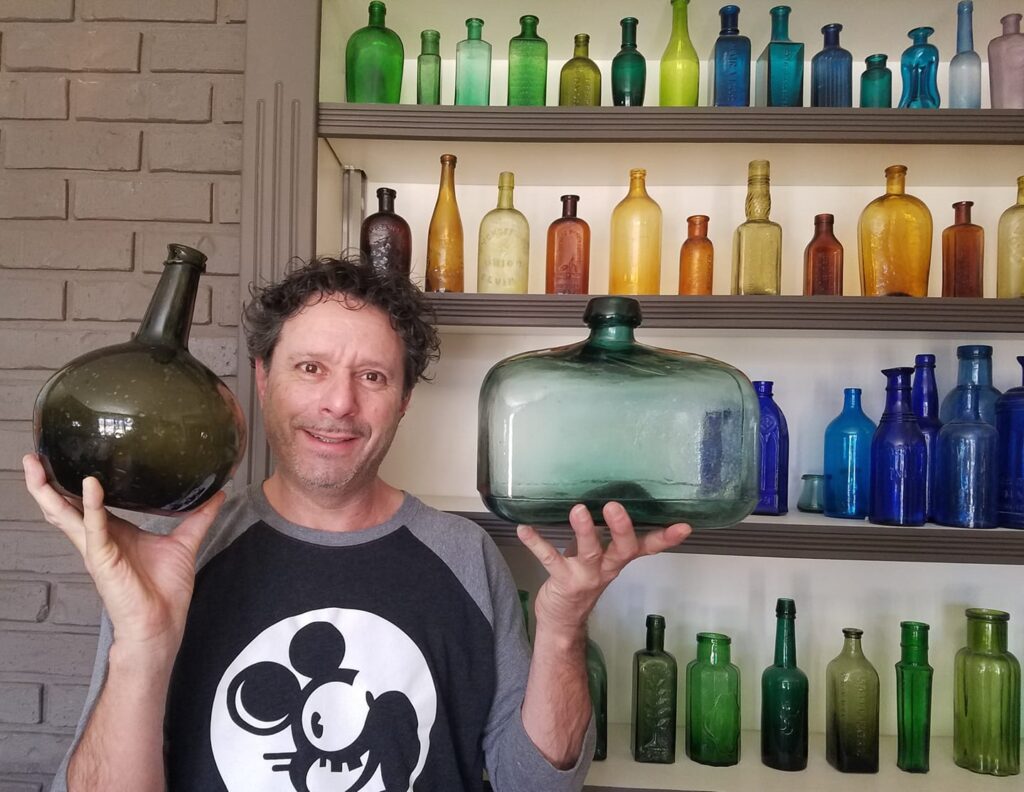
Our digging obsession happened to coincide with the tail end of the 1970s-80s building boom in New York. It turns out that dozens of blocks on the east side of lower Manhattan were created from landfilling water lots from about 1680-1800. Dumped into these fill sites were countless colonial artifacts. Over time, the packed airtight river mud created a level of preservation that was remarkable. Leather, wood, cloth, and other organic materials that typically don’t survive in the ground were found in abundance. This was the major leagues.
At this time, the city itself was broke. No one seemed to care about the artifacts, including the museums we notified. Guards were there to protect equipment and materials, not the dirt. So, we did what we could. Because of our discoveries, we immersed ourselves in all things colonial, learning as much as we could about the material history of the period and the objects we were unearthing.
It was during this time (the early 1980s), on a windy 20-degree January day that I made the discovery of a lifetime. It was the very first of several colonial landfill sites we would eventually work on. We were working day jobs, and digging most often at night. The site was just about completely excavated and foundations were being poured. After waiting all night, we hitched an early morning ride with a truck driver who was hauling the last bit of fill dirt from the site out to a new construction site in Staten Island. After some time searching, an intact Revolutionary War period tricorn hat was discovered laying out in the open next to a freshly dumped pile of mud.
“…possibly the only eighteenth-century tricorn hat to have been excavated in this country.”
It remains both my favorite find and object of all time, and it was a real heart thumper. You can see the Antiques Roadshow appraisal video on my website. By the way, I have been offered well above the Roadshow appraisal value. It’s still not for sale.
Another wonderful discovery in the colonial sites was what occasionally happened to the surface of the glass (mostly broken bottles) unearthed. They occasionally developed an amazing patina of iridescent colors in an endless variety of patterns, like what Tiffany and Carnival glass tried for, but on purpose. Years after unearthing such a piece of glass, an idea hit me. I took my love of photography and combined it with the glass. With the help of several macro (close-up) lenses, I was able to get microscopically close to the subject and Glasslands was born.
In this world, there is an opportunity to travel into and around the glass in ways never really seen before. Using only an old camera, 35mm film and natural sunlight – either reflected or backlit – unseen worlds and patterns add yet another way to enjoy the glass, unearthed or otherwise. There are a number of examples of this work on my website.
What is your favorite era?
After all those years of digging in it, my favorite era has to be the 18th century.
What is the best thing you’ve ever found and sold?
An 1850 original cased Ambrotype (photo on glass) of Sam Houston. I bought it at Canton, TX Trade Days for $50 and sold for a heap to a private collector. Also, a 1910s occupational shaving mug with a biplane that cost a few hundred and sold for $8500 at auction was pretty cool.
I want to add that there have been (and occasionally still are) many mistakes and blunders along the way. Lots of strikeouts before that home run. Fakes, missed repairs, duds, big heavy things that looked great until you had to haul them around to a few shows and back home again. It’s a constant learning experience that keeps you sharp and keeps it fun.
What is the greatest challenge of being a vintage and antique seller?
Originally, the greatest challenge was learning the nuances and details that make one thing better than another. Also, trying to figure out what I wanted to deal with and expanding my range of interests to increase the likelihood of finding things. After a while, the challenge was to learn to only buy what I could actually sell. This was all before the internet, and connecting with buyers and collectors was not so simple. It was easy to load up on good merch, but not so easy to sell, especially without a vehicle at first. Growing up in NYC, I didn’t get my first car or drive until I was 26.
When I moved to Texas in 1988 and lived in an old Victorian house, I began to accumulate and collect things at an increased rate. The challenge was to not turn into an antique hoarder, buried under my own collections and inventory that seemed to overflow from drawers, cupboards, closets, extra rooms and the storage building. The problem being, as most antiquers know, is that searching and finding is much more fun than selling. Easier, too.
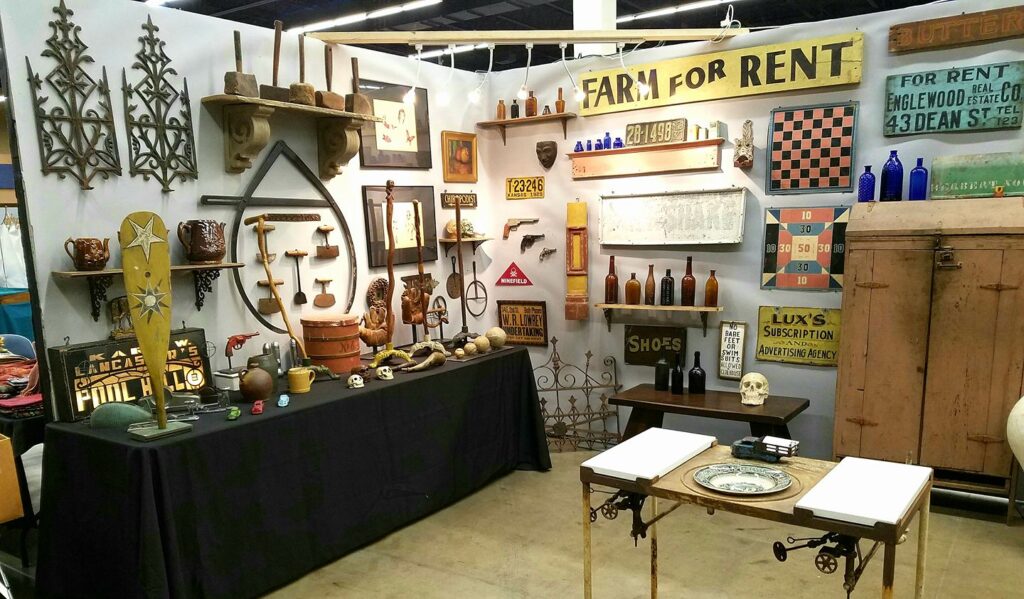
What is the hottest category of vintage and antiques for you now?
For me, the bestselling things of late are signs, folk art & mixed media.
What’s something we have in our homes now that vintage buyers will be looking for in twenty years?
That is a tough one to predict, but I do think the trend of mixing and matching vintage clothing will continue, so I’ll go with that. SOME contemporary attire will probably be very collectible, but definitely not all.
What is the best thing about being a vintage seller?
Hard to say just one thing. I love the freedom of the business, of being self-employed with no boss. I love the history. I love the thrill of the hunt, of being at the right place at the right moment, and knowing enough to spot the needle in the haystack of antique swill. I enjoy (mostly) the other collectors and dealers. I am constantly thrilled and amazed with the amount and variety of antiques that still keep showing up, years after we swore it had all dried up.
What do you collect?
I currently have multiple mini to large collections: Bottles, stoneware, signs, folk art, my artifacts, etc.
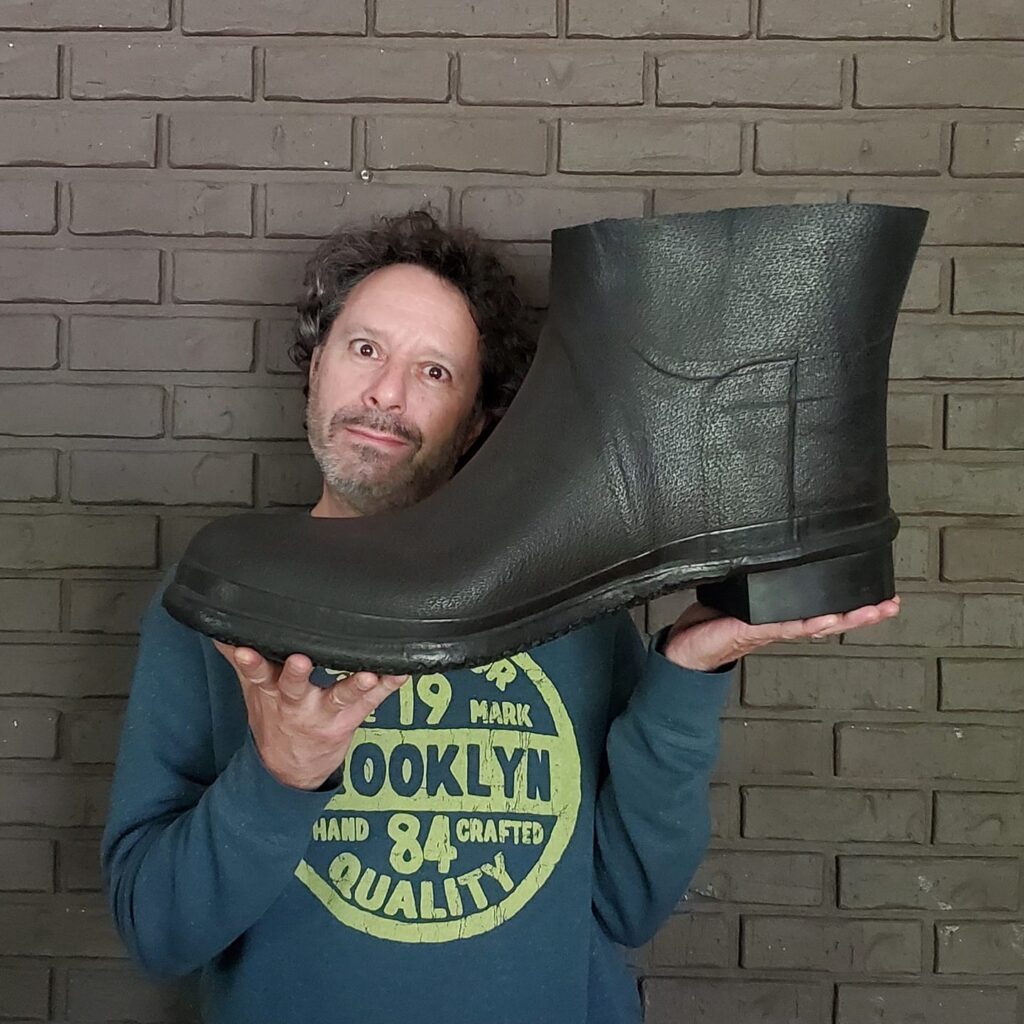
I have also sold many of my collections over the years. For me, the real fun was in the searching and finding. Owning a collection often degenerates into barely an infrequent glance and periodic dusting. After “collecting” and digging for 55/59 of my life, it’s probably a good thing to let go of my stuff occasionally. However, due to the rather addictive nature of antiques, I admit I still find myself wondering what I might start to collect next.
Currently, having tempered my antique psyche with age and time, I have come to a more Zen-like state of collecting, where less is more. I wish to have less, not more. I am trying to thin down what I have to the few and the best which is easier said than done. I rarely add anything new to the current home exhibition and when I do, it requires the removal of something else. I am extremely fortunate to have a cool and supportive wife, who generally gives me a free hand decorating our house. After years of digging and searching, I believe that everything people make and use eventually ends up in the ground, whole or in pieces. We are only caretakers of these wonderful antiques we enjoy and collect. It is the people that made and used these objects that give them character and life. Sounds a bit corny, but there it is.
Social media links:
Instagram: zacharymillerantiques
Facebook: Zachary Miller Antiques
Ebay: Items for sale
Website: www.zacharymillerantiques.com
As vintage sellers, the Vintage Unscripted team is part of a community of like-minded individuals and are pleased to support our fellow dealers. If you enjoy this new Seller Spotlight feature, please support these sellers by following them on social media and purchasing from their shops.

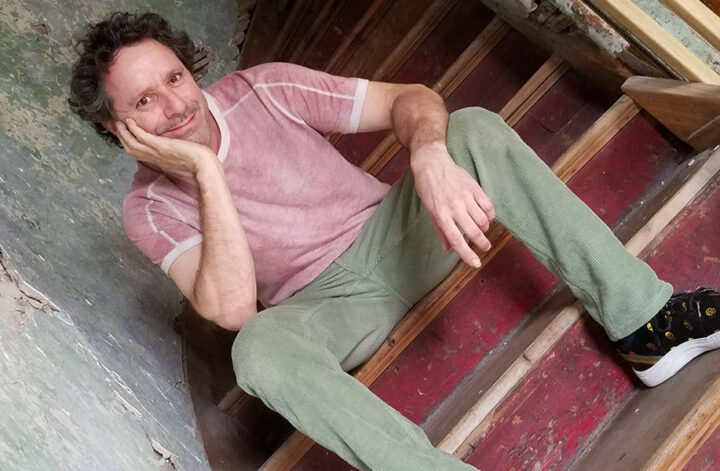
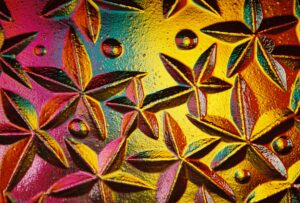
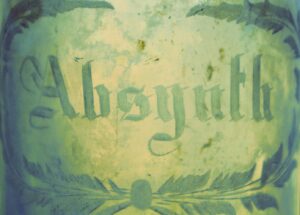
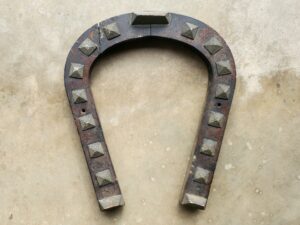

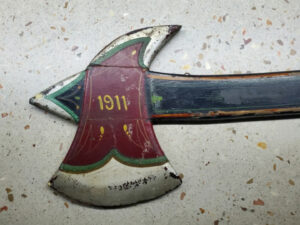
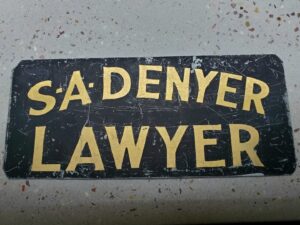

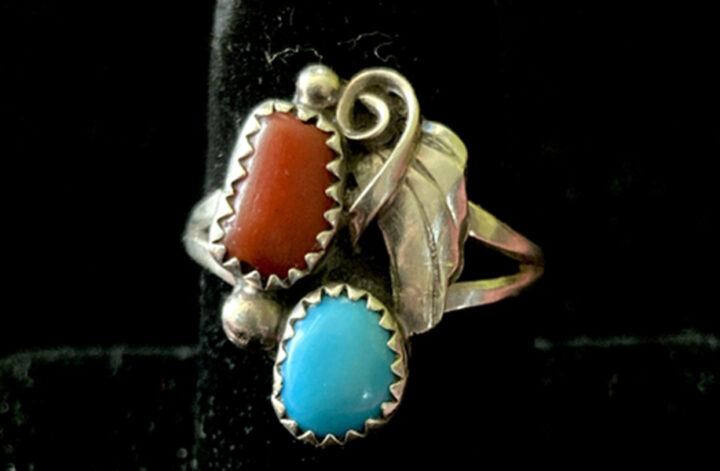
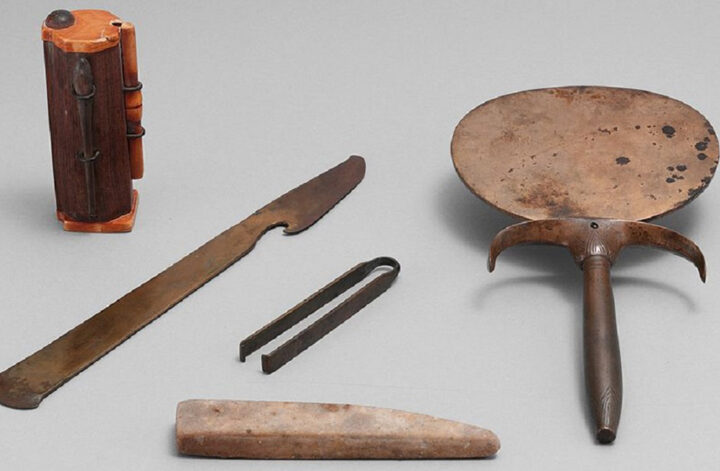
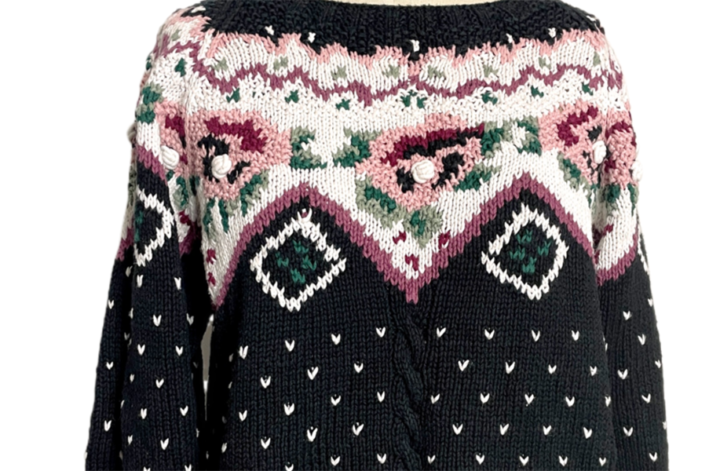
2 comments
Love this! I love vintage items, and am fascinated by old bottles in particular ♥
Hey girlfriend, Happy to see your smiling avatar. Aren’t his treasures amazing?